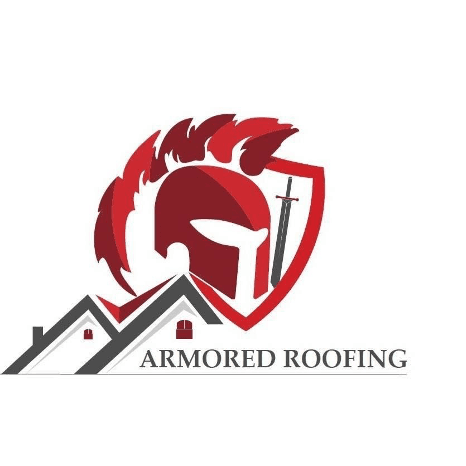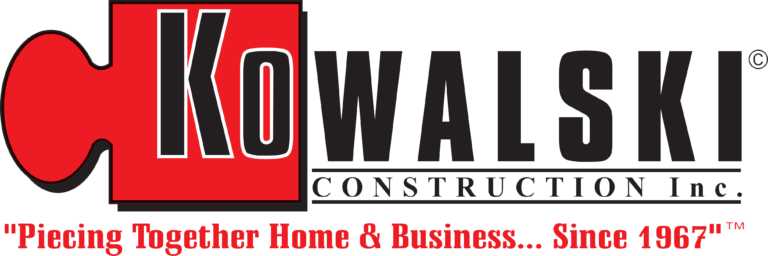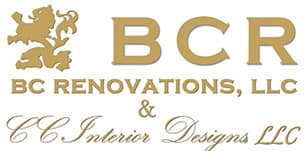Our residential building codes have addressed sustainable building practices for over 20 years. Let’s look at how that has been working for us.
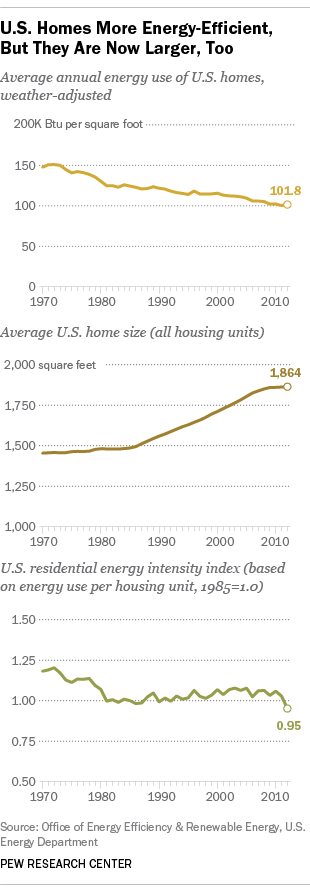 The first energy consideration for consumers was established in the mid-1970s. The federal government established the first testing guidelines regarding energy targets for consumers. Since those first steps, we have graduated to developing all manner of regulations regarding energy efficiency touching just about every aspect of our lives. So, what is working? Which changes have we made that have improved our quality of life and shaved off the bottom line of our energy bills?
The first energy consideration for consumers was established in the mid-1970s. The federal government established the first testing guidelines regarding energy targets for consumers. Since those first steps, we have graduated to developing all manner of regulations regarding energy efficiency touching just about every aspect of our lives. So, what is working? Which changes have we made that have improved our quality of life and shaved off the bottom line of our energy bills?
There are several things to consider as we look at these issues. First, home energy efficiency has substantially changed over the past 40-plus years. The chart to the right quantifies some of those changes.
Not only have our homes become larger, it appears we are using less energy per square foot than in the 1970s. That’s good news. However, as you might imagine, we found another paper written in 2016 by Arik Levison titled, “How much energy do building codes save? Evidence from California Houses.”
Mr. Levison studied the energy consumption of homes in California. He concluded there were no savings since energy codes were established. A thing to consider here is that PEW Research measured BTUs (British Thermal Units), and Mr. Levinson measured electricity. We are not sure if that makes a significant difference regarding the outcome.
What we know is the answer to whether or not residential energy codes have saved energy. That appears to be a definite “maybe.”
Depending what is measured, how it is measured, and even by whom it is measured, the outcome and conclusions can be affected. That, in itself, can be rather frustrating.
Statistics being what they are, we decided it would be in everyone’s best interest to look at some of the more common sense changes that have been made over the past decades to determine the changes that may make sense.
Our first take on this issue is acknowledging that technology has significantly improved the materials we use and how we use them. These improvements cover all aspects of the home building and improvement industry. The materials used in insulation, windows, and roofing have all improved, not only in their performance but in their manufacturing as well.
There is an aspect of energy utilization known as “embodied energy.” That includes the amount of energy and resources used in manufacturing a product. For example, the steel that goes into the making of an electrical subpanel starts with the mining of the raw materials and progresses through the materials’ refining process culminating in the steel sheets that form the box itself. Then there is the powder coating process that protects the steel box. Next, fuel is used to transport the completed product to your home, culminating in the grey box outside your house. A lot goes into understanding the comprehensive picture of energy consumption.
For purposes of this article, however, we are looking at those changes initiated by residential energy codes that make sense for us and our homes that we think are working:
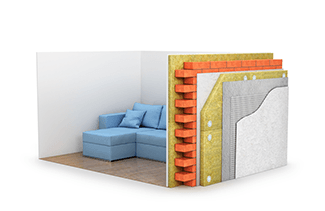 Insulation. Energy codes have required us to up our game in insulating our homes. The old, skinny fiberglass batts have been replaced with much thicker batts (3 ½” to a minimum of 6″). Many different products have been introduced as well. There are cellulose, blown-in insulation and foam applications that effectively fill in the small voids that can be created by the batt system. Construction techniques have been introduced that include prefabricated insulated walls and roof panels. These are known as Structural Concrete Insulated Panels (SCIP). An example is pictured on the right. There is no question that technology, material innovation, and its mainstream applications have positively affected our ability to save energy. Insulation is perhaps one of the easiest and least costly ways to achieve energy savings in our homes.
Insulation. Energy codes have required us to up our game in insulating our homes. The old, skinny fiberglass batts have been replaced with much thicker batts (3 ½” to a minimum of 6″). Many different products have been introduced as well. There are cellulose, blown-in insulation and foam applications that effectively fill in the small voids that can be created by the batt system. Construction techniques have been introduced that include prefabricated insulated walls and roof panels. These are known as Structural Concrete Insulated Panels (SCIP). An example is pictured on the right. There is no question that technology, material innovation, and its mainstream applications have positively affected our ability to save energy. Insulation is perhaps one of the easiest and least costly ways to achieve energy savings in our homes.- Windows. We all have them. Dual-pane or double-paned windows were introduced commercially in the 1950s and became fairly commonplace in the 1970s, according to The Spruce. Some of us recall the single-pane windows in our homes growing up, and in colder climates, recall the ice from condensation building up on the inside face. With the dual pane option, that won’t happen, unless the seal separating the two panes is compromised. The dual-panes have air or gas (usually argon), as of late, acting as an insulator between the outside and the inside.
- Heating and Cooling Systems. Energy codes have increased the mandatory efficiency rating of furnaces to a minimum of 80%. This means that 80% of the fuel consumed goes to heating your home. There are 90% and 95% ratings available, too. Air conditioning has followed suit. The efficiency rating for air conditioners is characterized by a SEER rating (Seasonal Energy Efficiency Ratio). The current minimum is 14 SEER. There are systems whose SEER rating is as high as 26. This rating also measures the energy input relative to the cooling output. The higher the SEER number, the more efficient the product.
- Some equally admirable advances have been made in the efficiency of appliances. Stoves, ovens, refrigerators, dishwashers, freezers, you name it, have helped decrease our energy consumption footprint. The Energy Star ratings are established by the EPA and create performance standards that apply to all household appliances. The EPA says that appliances with Energy Star ratings can save a household up to $450 per year (as of July 2023). Not too shabby!
Green applications in our homes have a wide variety of virtues. Do they save energy? As far as usage is concerned, yes. Overall, when considering the manufacturing process, we couldn’t find definitive documentation.
The question we started with was, “What is working green”?
Our research has shown that because there are so many aspects of this issue, it is difficult to provide a specific answer. What we have found, despite our energy costs rising over the years, is it appears our consumption has decreased somewhat. In the long run, we think that is a good thing.
###
PODCAST
Bruce Stumbo from Rosie Right Design. Build.Remodel. joins Rosie to answer homeowner questions. We introduce a new partner to our network Vikki Gorman of Realty Executives. Bruce talks about some of the green products he says homeowners are asking for and more!
Podcast Archive With Expanded Content and Resources
PHOTO CREDIT
- Shutterstock





